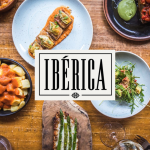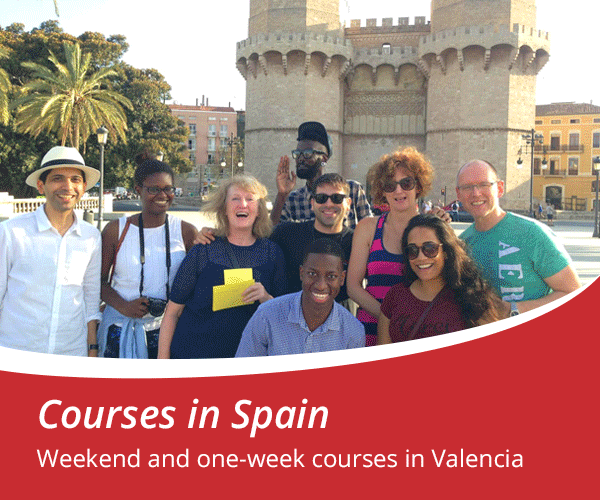Spain’s Halloween Day
No pumpkins, costumes or “trick or treat”, but chestnuts, flowers and sweets – many sweets!!! Spain is also celebrating its Halloween. But not the way the Americans do it. Spain’s celebration is the Christian version of the original Celtic festival.
The original “All Hallows’ Eve” was a celebration of the harvest and the end of summer when Celts believed that spirits could visit our world. Christianity took this festival to celebrate with a feast to remember all saints in Christian history on 1st November, which is “All Hallows’ Day” – also known as “All Saints’ Day” (Día de Todos los Santos). And tomorrow Christians remember and pray for the departed souls of their relatives, marking this day (2 November) as “All Souls’ Day” (Día de los Difuntos).
1st November is a very important day for Catholics, and in Spain it is a public national holidays. But, how do Spanish people celebrate these days?
The main events of the day are the offering of Requiem Mass for the dead and visiting family graves. During the previous days, families go to the cemetery to clean the tombstones and bring fresh flowers, lots of flowers. Although, it is a day to remember the lost love ones, but it is also a celebration of life, and it is full of traditions.
Many parts of Spain celebrate “castañada”, a family reunion with roasted chestnuts (castañas) cooked over a bonfire. It is common to smudge the face with the remains of the bonfire, jump over it to bring luck and tell stories and sing folk songs. But not only castañas. They also eat many sweet on those days, such as huesos de santo (saint’s bones) or buñuelos de viento.
It is also a tradition to go to the theatre to see the play of “Don Juan Tenorio” by José Zorrilla. This is a special performance for the date, since the final act takes place the night of “All Saints’ Day” in a cemetery. The play is about death, redemption and salvation and some of the characters are spirits.
In many cities tribute is paid to Gustavo Adolfo Becquer and one of his famous legends of terror, “El Monte de las Ánimas” (The Spirits’ Mountain). Each year, giant puppets , skeletons, Templar knights and other spirits gather in the city streets with the only light coming from torches and candles. A stone bridge is their destination, where El Monte de las Ánimas starts and where there is a reading of this terrifying legend around a bonfire.
Today there are more traditions in Spain and Latin America. Do you know any?
Click here to see the Spanish text and audio of Becquer’s story, “El Monte de las Ánimas”:
And click here to read the English version of Bécquer’s story, “The Spirits’ Mountain”:
Vamos Let's Learn Spanish. Spanish courses in London. Spanish courses in Valencia.
Leave a Reply to Cristina Cancel Reply
You must be logged in to post a comment.












This info brought me memories from my chilhood. I used to go to the cementery with my family on this day. It was full of flowers and all the tombs were shinny. In the school we celebrated collecting chesnuts and eating them. It is a little bit different now with the American influence and the shops full of Halloween costumes.
Gracias por describir la fiesta española del Día de Todos los Santos. El blog es muy interesante y me gusta mucho.
Gracias Elena for bringing this information up. I’m sure that many of our students didn’t know how we celebrate those festive days in Spain. In my hometown there’s a typical sweet dish that families make during those celebrations and they are called “gachas”, some made of coffee and others made with bread croutons, milk and other ingredients. They both are delicious and curiously reserved for this time of the year, so it makes it even more exciting!
“El Monte de la Ánimas” is one of my favourite Bécquer’s “Leyendas”, I still remember feeling a bit scared the first time I read it back in Secondary School 🙂
Un blog muy interesante. Gracias una vez más Elena!
It’s such a huge difference bt the Halloween night and the Spanish celebration… the Spanish one feels a lot more quiet and calm, more like a family event whereas Halloween seems like a fun party.
If you would like to read El monte de las ánimas, there is an online English version you can read here:
http://gaslight.mtroyal.ca/sprtmntn.htm. If your Spanish level allows you to, try the Spanish original here http://www.ciudadseva.com/textos/cuentos/esp/becquer/rimyley/montede.htm.
Great post Elena! I just wish I was able to make those yummy sweets from the pictures…
Elena muchas gracias por esto erticulo :)))